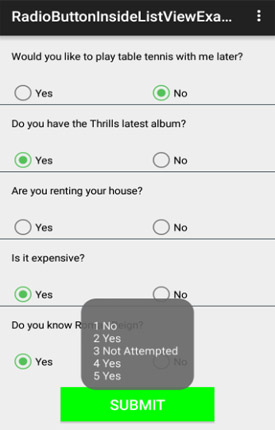

Working with Debuggers, Editors, and Command Line Toolsĭesktop browsers have developer tools. You can use them to change what your mobile app looks like at various screen sizes. Together, these values give you insights about the mobile device’s configuration. It also gives you the current viewport size, the devicePixelRatio, among other device info. The MediaQuery class gives you the current device orientation (landscape or portrait). You use media queries to handle what your website looks like in smaller and wider screens.Ĭoming over from mobile web development to Flutter, you have the MediaQuery helper class.

Each platform implements the same features (camera, location, notifications, etc.) in different ways.Īs a web developer, you think about your website’s responsiveness. As such, while developing for either platform, you have to keep the platform in mind. Websites run on browsers and mobile apps run on devices. Developing For Multiple Screen Resolutions Also, CustomPaint is the go-to way when a combination of widgets doesn’t work. You will usually use CustomPaint when you want something that is really complex. CustomPaint gives you a painter to draw any UI as you wish. To adjust the flex-grow style, wrap the affected child(ren) widget(s) of the Column/ Row, in an Expanded or Flexible.įor the advanced UIs, Flutter has the CustomPaint class – it is to Flutter what the Canvas API is to web development.

To configure justify-content and align-items styles, you use MainAxisAlignment and CrossAxisAlignment properties. These are the Flutter equivalent for display: flex in CSS. For example:įlutter also has Column and Row widgets. In Flutter, we have Dart classes and enums for almost all CSS properties and their values. Also like CSS, Flutter uses pixels for space and size units. Like CSS, the Color class in Dart works with “rgba” and “hex”. To implement UIs in Flutter, you compose widgets and style them with properties.

To implement a given UI in front-end web, you compose HTML elements and style them with CSS. It explains skills that you already have that are an advantage to you if you start Flutter. This section shows places where front-end web development and Flutter resemble. In this article, I want to share my experience and inspire anyone feeling paralyzed with choosing one ecosystem over the other by showing how concepts transfer over and any new concepts are learnable. There were also some new concepts that were different. I think there were some concepts that helped me adopt Flutter easier. I started as a front-end web developer and then became a Flutter developer.


 0 kommentar(er)
0 kommentar(er)
